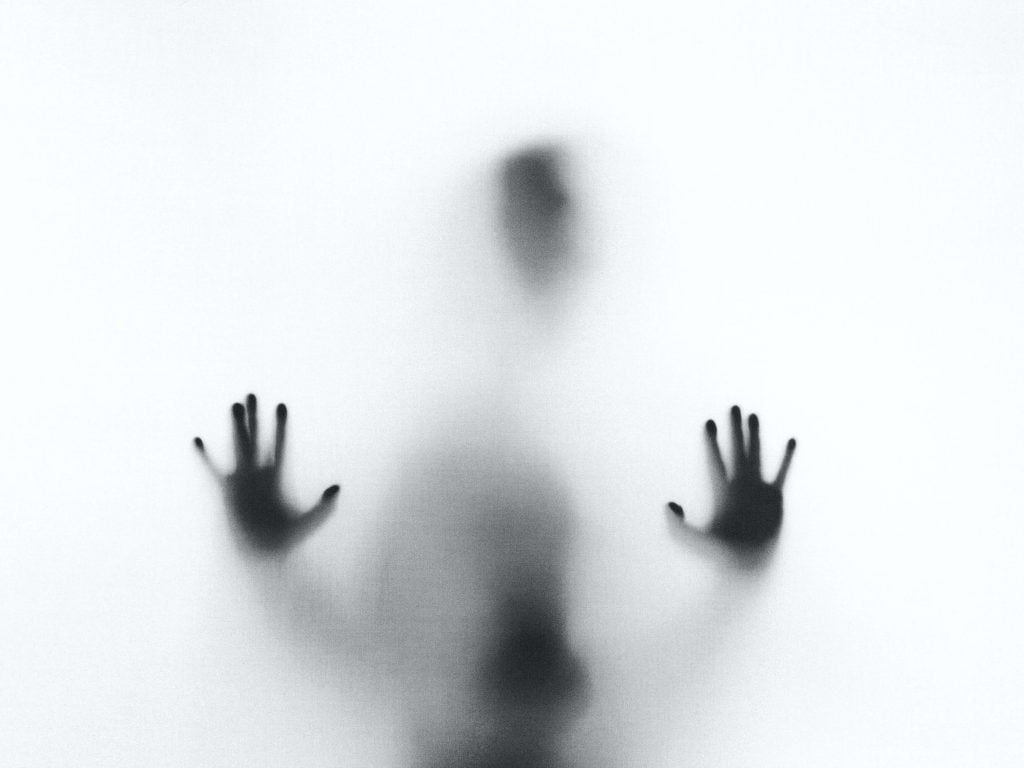The BPD relationship cycle
A BPD relationship cycle is a recurring pattern of highs and lows in a relationship with someone with a borderline personality disorder. The cycle typically includes a period of positive emotions and experiences, where the relationship seems to be going well. However, the “highs” are often followed by the “lows”, and that’s when the relationship is suffering from a wide spectrum of negative emotions and instability.
6 Stages of a Borderline Personality Disorder Relationship
Typically, a borderline personality disorder relationship cycle includes six stages.
Stage 1
When a new relationship begins, it appears to go smoothly and develop quickly. During this first stage, the partner with BPD tends to idealize the relationship and fixate on the other person. The couple might even plan the future together after a few dates.
Stage 2
During the second stage, the partner with BPD tends to become overly sensitive to the things their partner does and says. Typically, this causes certain friction in a relationship and the partner with BPD might experience low self-esteem feelings. During this stage, the BPD partner starts to cultivate a feeling that their partner does not love them.
Stage 3
As the relationship progresses, the BDP partner wants to be sure that their loved one, indeed, loves them. To prove this, they may come up with a situation that pushes the other partner to show their feelings. The end goal of a BPD partner here is to feel secure and safe in a relationship by manipulating the other person to demonstrate their affection.
Stage 4
The manipulative behavior of the BPD partner rarely brings out good emotions. In this stage, partners are pushed further away from each other, as bad feelings accumulate. The BPD partner might not show their feelings, but inside, they are unhappy and unsatisfied.
Stage 5
Oftentimes, during this stage, the non-BPD partner decides to end the relationship. The partner with BPD might try to explain themselves and try to reassure their loved one, but it is typically too late.
Stage 6
The partner with BPD might become angry and experience feelings of depression with extreme mood swings. Their self-worth and self-esteem are at an all-time low.
How Long Do BPD Relationship Cycles Last?

There is no specific set timeline for borderline personality disorder relationship cycles. It can take anywhere from a few hours to a few months to go through all the stages. It largely depends on a number of factors:
- Whether or not the BPD person has their partner’s support
- What emotional resources do they have at their disposal
- Whether or not they are receiving professional treatment.
Can BPD Relationships Work Long-Term?
Yes, BPD relationships can work long term, despite all the challenges. With the proper treatment plan and support, people with BPD can have long-lasting healthy relationships.
How Do BPD Relationship Cycles Ruin Relationships?
People diagnosed with Borderline Personality Disorder (BPD) are prone to feel extreme emotions of good and bad as part of their defense mechanism in relationships. This also causes them to either view their partner as the best person or the worst person on the planet, depending on which cycle they are in. In short, the BPD causes them to perceive themselves and others in a distorted light, which is far from reality.
Therefore, BPD relationships are rarely stable – they are going through a rollercoaster of “highs” and “lows”. This can be exhausting for both partners, especially if there are a lot of bad periods.
People with BPD tend to not tolerate bad feelings within themselves and they project these feelings onto their partner. They typically blame their partner for all the bad things that are happening to them in an attempt to feel good about themselves. This pushes the non-BPD partner even further away, causing the BPD partner to feel abandoned and misunderstood.
Read: How to Deal With Displaced Anger In Your Life?
How Do You Have A Good BPD Relationship?

Living with BPD does not mean that you can’t have a healthy and happy relationship. BPD relationship cycles can be managed with the help of professionals and support groups.
One study found that BPD is not a cause of divorces in marriages, even though it can mean lower levels of happiness within the relationship.
While being in a relationship with someone suffering from BPD is challenging, it should not be an impossible task. Partners can always seek help from a mental health professional and find a treatment option that suits them most.
Ways To Improve Relationships For Those With Borderline Personality Disorder
While getting professional help is one of the first things people with BPD should do, managing BPD relationships can involve some other methods as well. Below, we break it down into two sections: what can you do if you have BPD, and what can you do if your partner has BPD.
If you have Borderline Personality Disorder
If you have BPD, there are some coping mechanisms that you can take advantage of to improve your relationship and make yourself and your partner feel better.
- Try meditation. Mindfulness and meditative practices are known to help slow down your breathing, which, in turn, helps active the vagus nerve. The vagus nerve is responsible for aborting the “flight or fight” mode – the reaction that appears when you are extremely stressed.
- Find a support group. There are a lot of people that experience BPD, and you might want to learn from them. Plus, having some support from like-minded people never hurts.
- Listen to some music. As a kind of meditation, music can make you feel either upbeat or relaxed. Try playing happy and rhythmic music when you feel sad, and play some relaxing music if you are feeling on edge.
- Find your calling. Find something that interests you – be it a sport, or a hobby. Use this tool as a way to release your emotions. For example, when you are feeling on edge, you can go for a jog if that’s what helps you clear your mind. Some people like drawing, reading, cooking – whatever floats your boat.
If your loved one has BPD
If you are in a relationship with someone that has BPD, it’s not easy. But you need to remember that it’s not easy for them, too. You need to be their support and understand them in their lows and highs. Here are some coping techniques that can help you improve your relationship:
- Make sure to set boundaries. Whenever you are on good terms with your partner, talk to them about your boundaries. Tell them about how you feel, but also listen to what they have to say. Be patient and kind.
- Stay calm and explain yourself. It’s very important that you explain your perspective and vision to your partner. When talking about your emotions or a certain situation, stay calm and don’t go too fast. If they are not ready to listen, give them some time.
- Make sure to enforce your boundaries. Even if you set boundaries with your partner, they might cross them. If that happens, make sure to let them know and remind them that this can’t be done again. If you feel like your boundaries are not getting respected and you are getting abused, seek support and don’t hesitate to leave a toxic relationship.
Can Therapy Help With Bpd Relationship Cycle?
Therapy can be very effective as means of borderline personality disorder treatment. For example, Cognitive Behavioural Therapy (CBT) and dialectical behavioral therapy (DBT) have shown great results in treating BPD.
